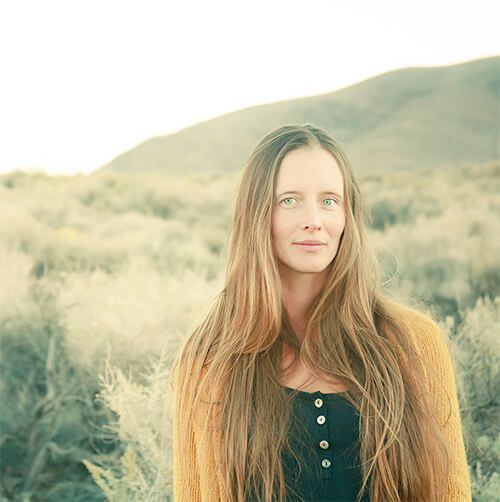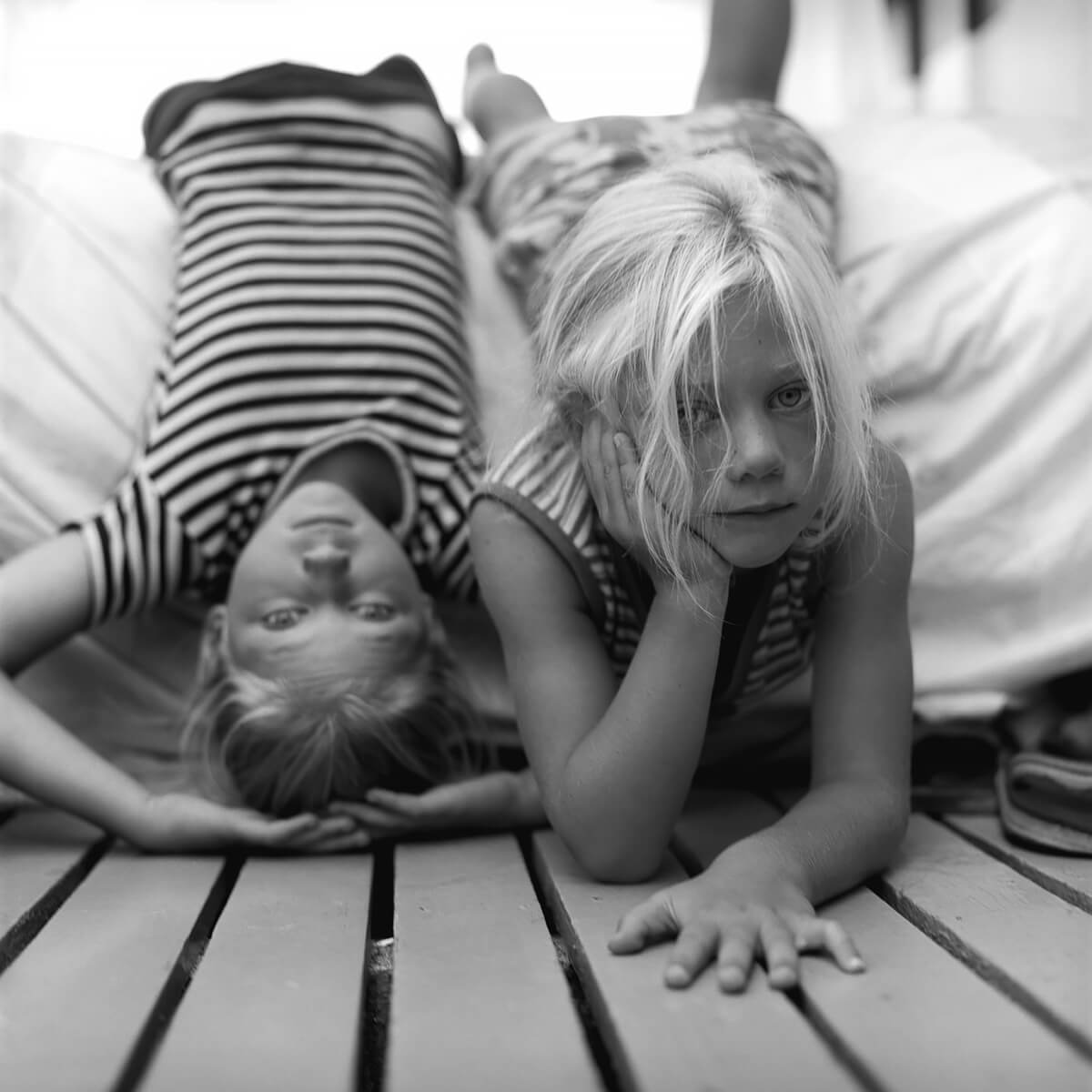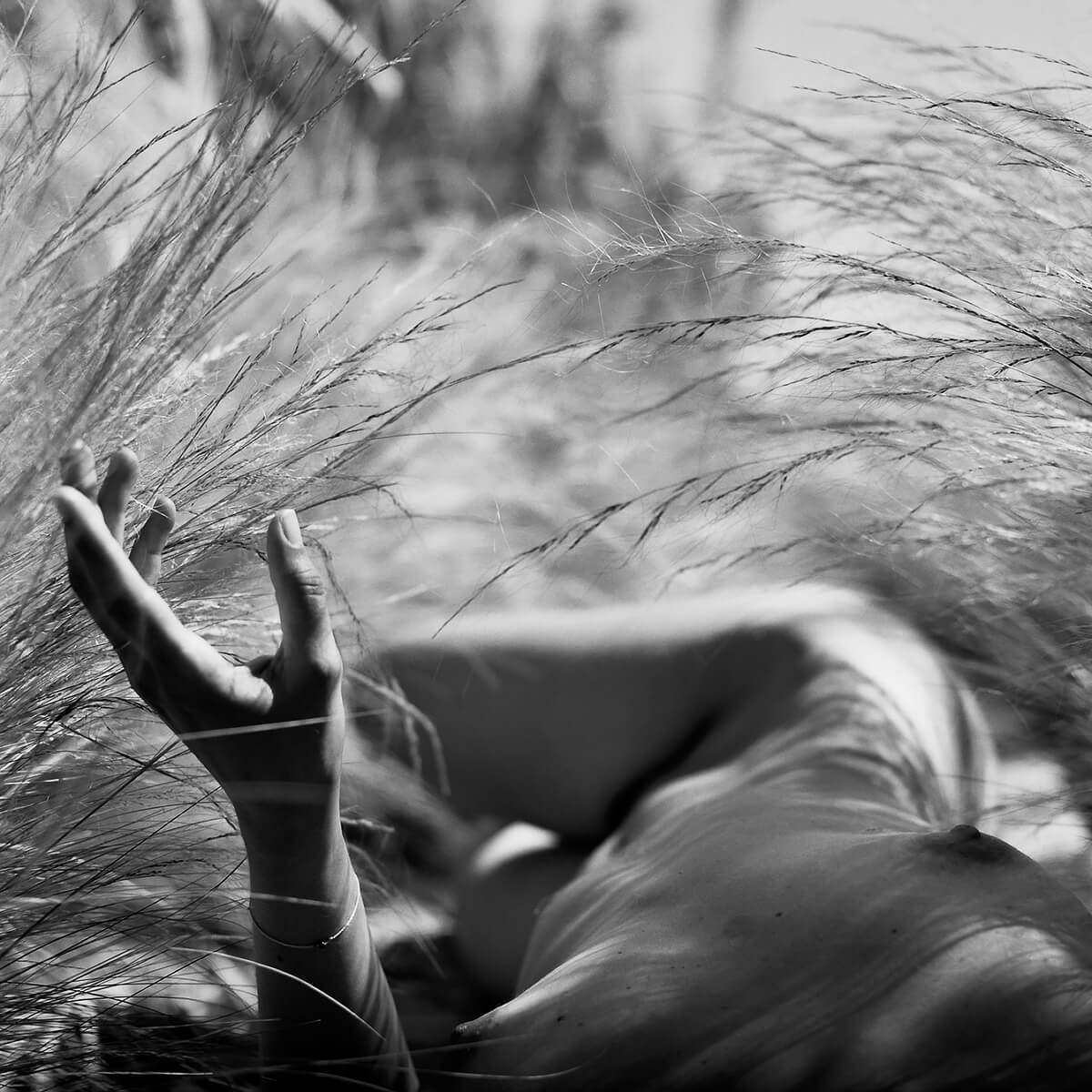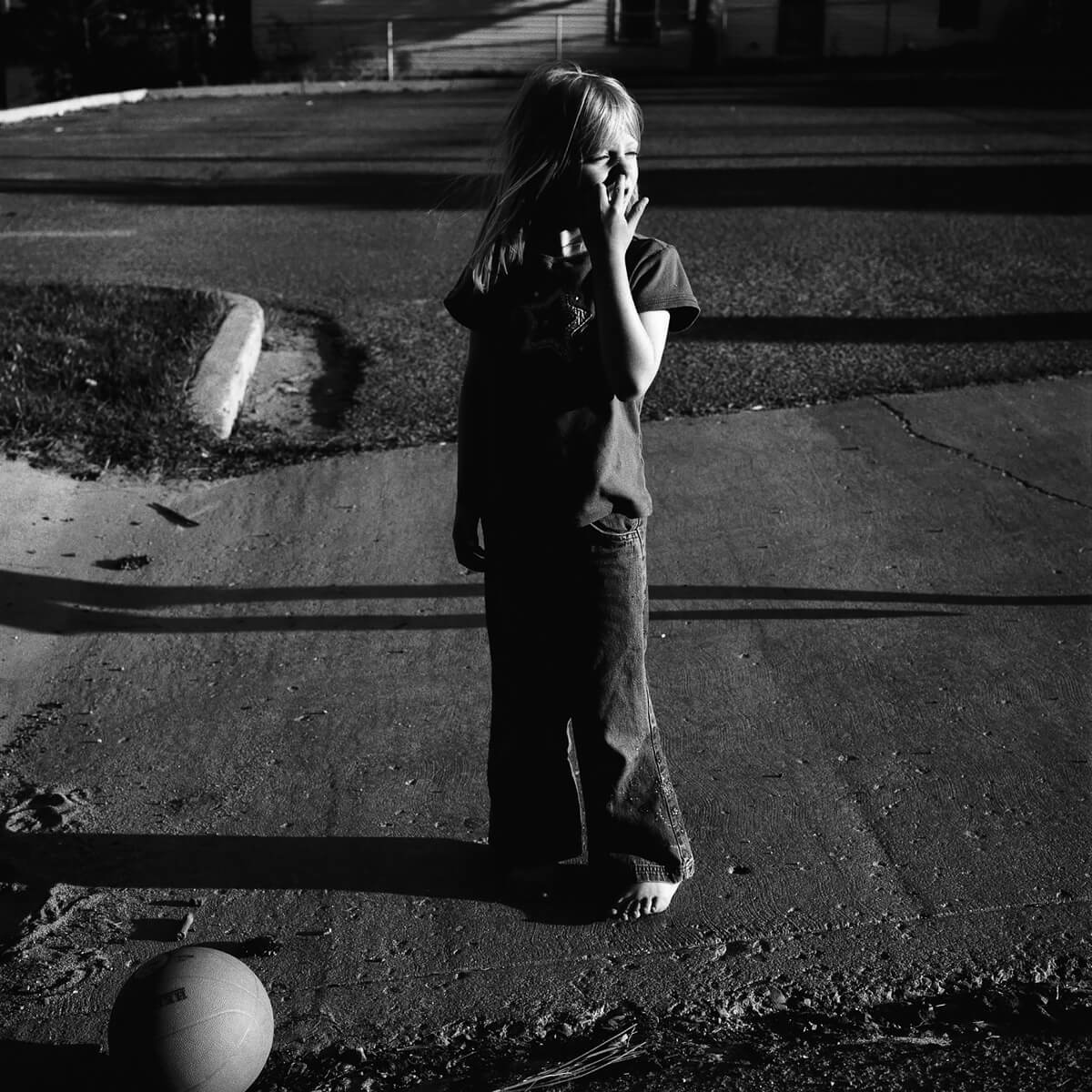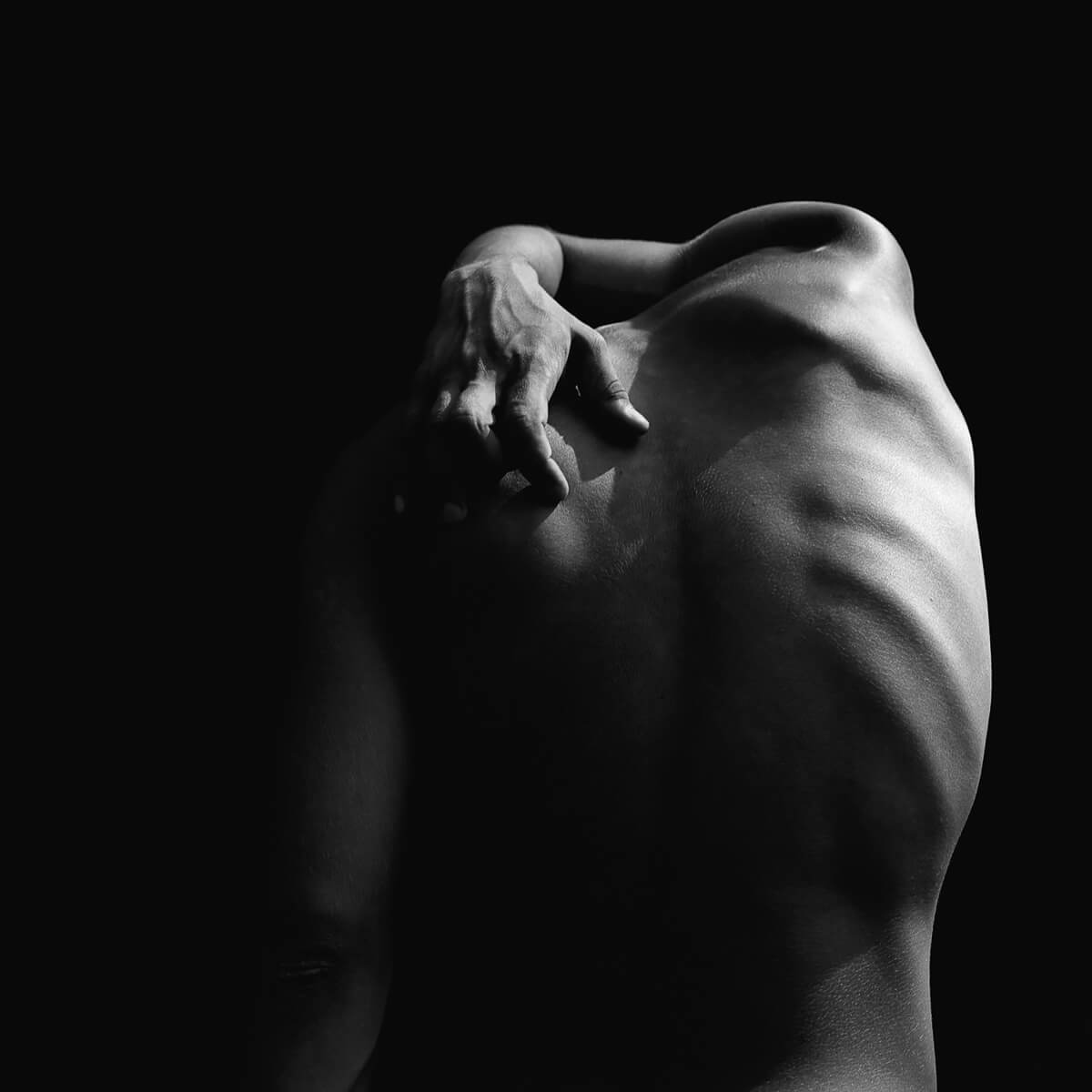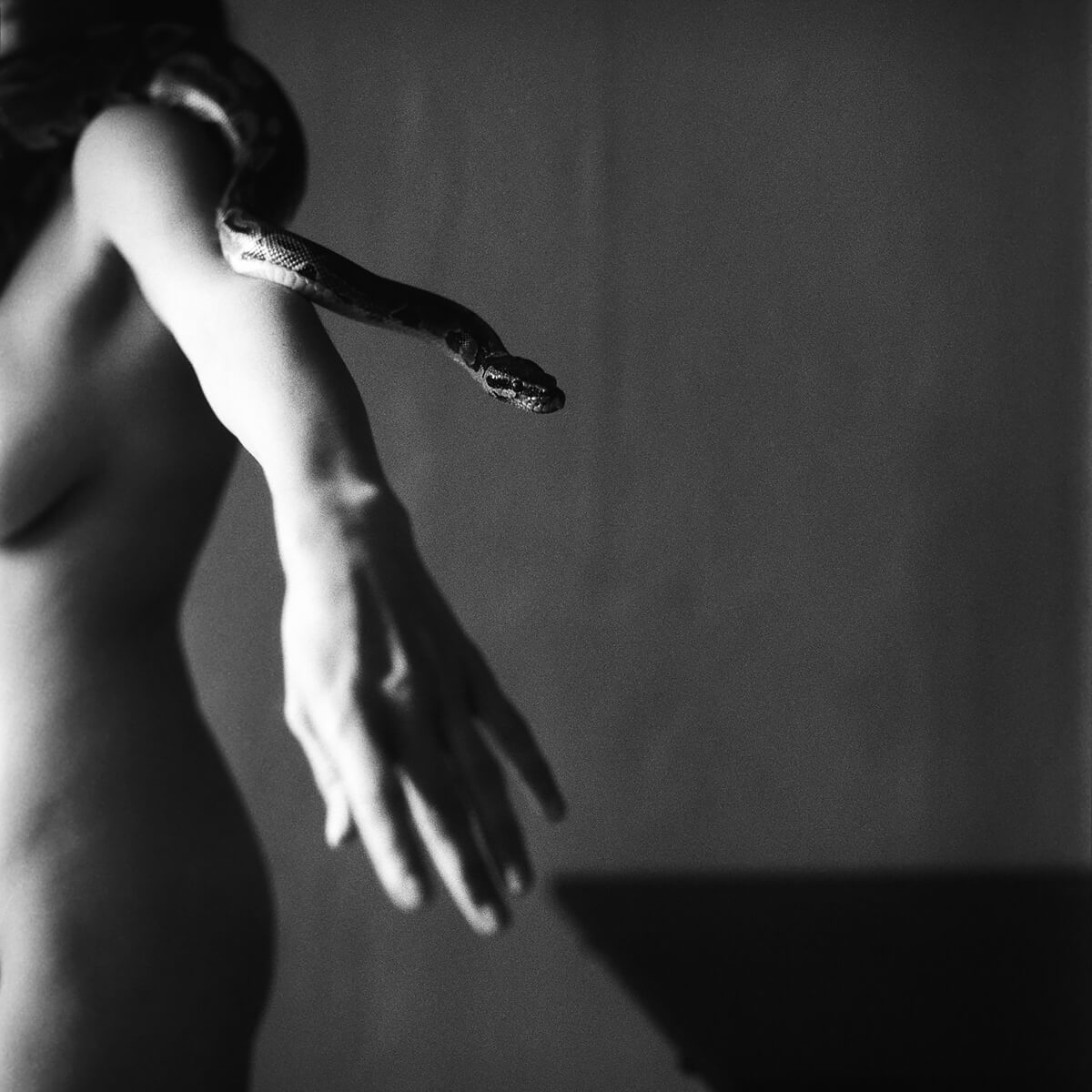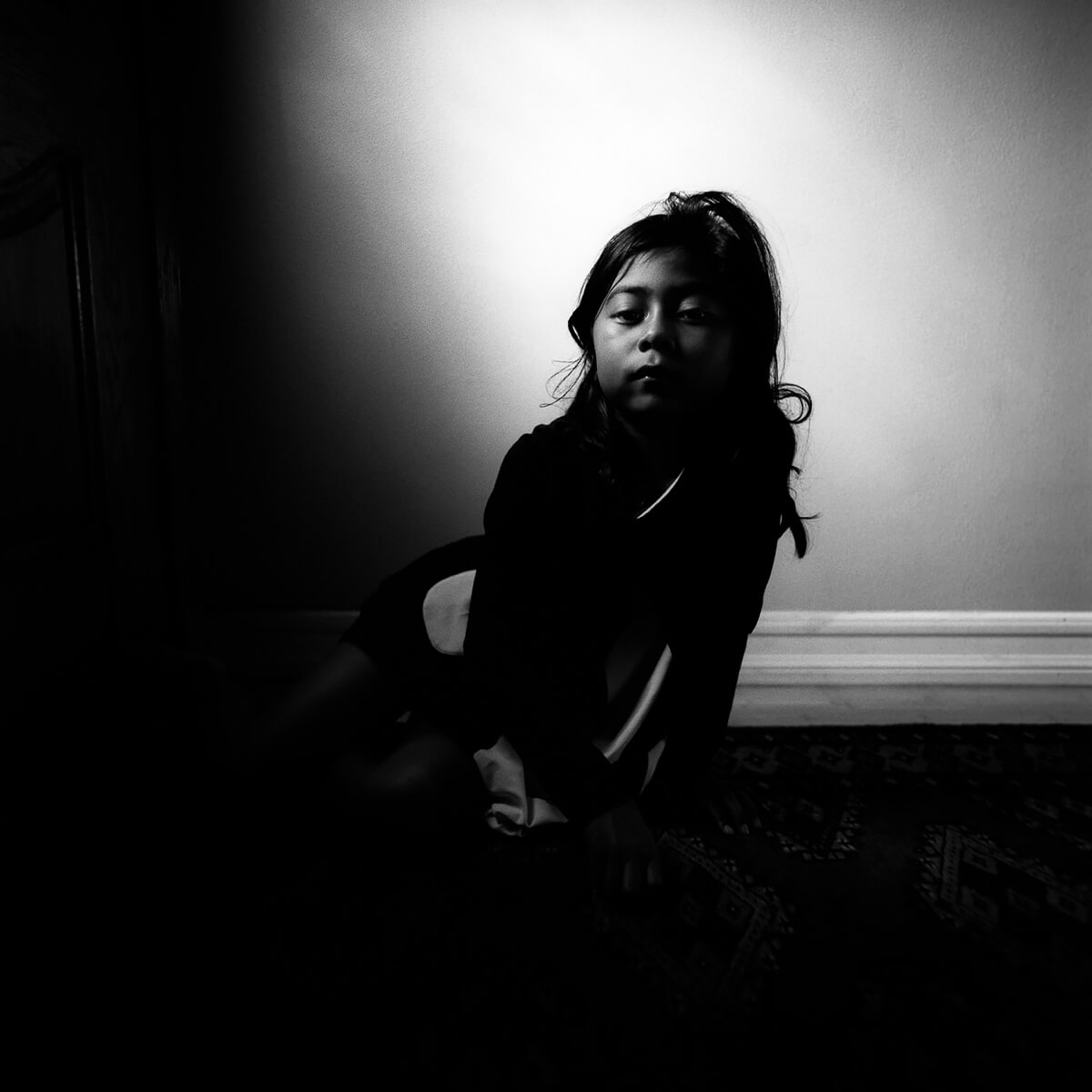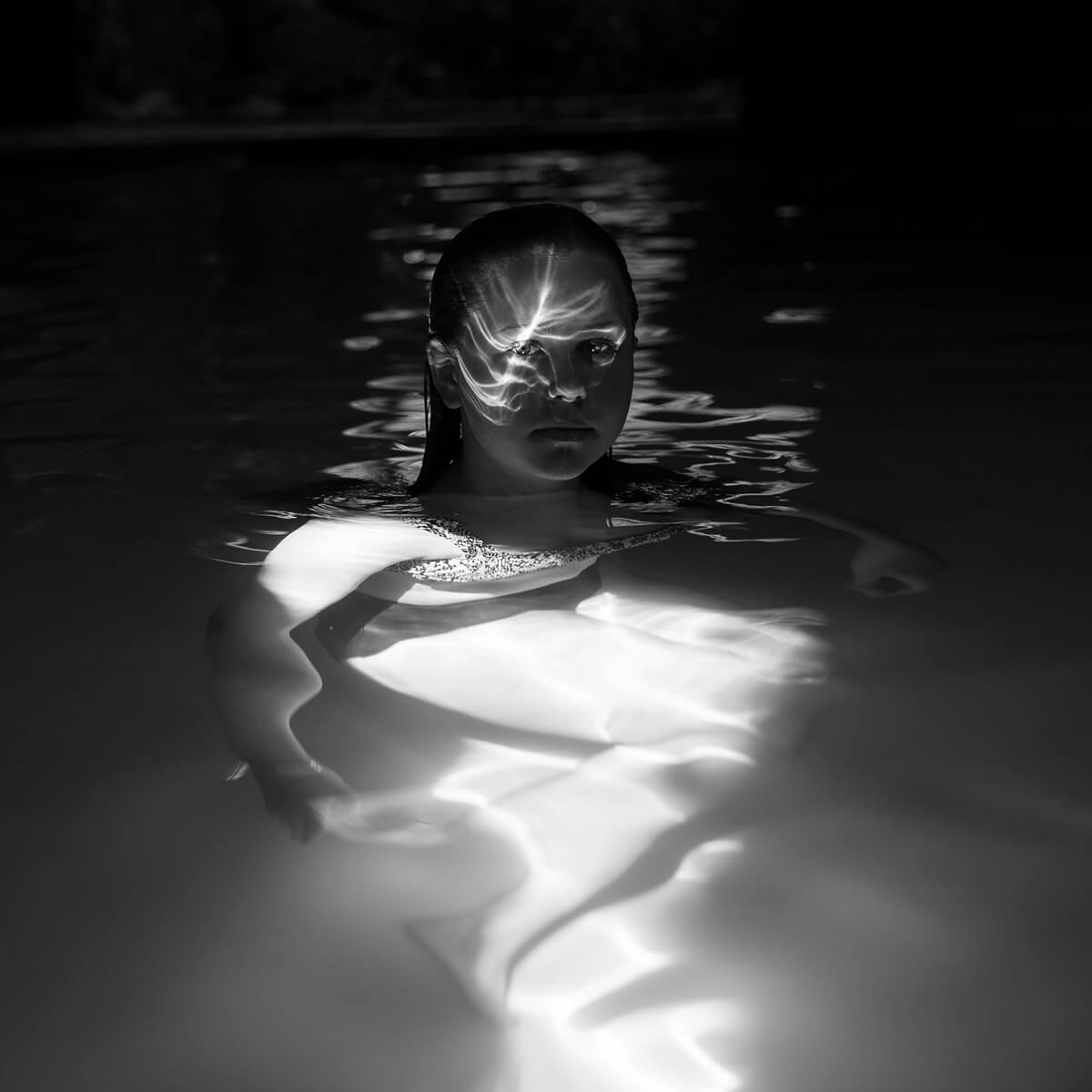All photographs are accurate. None of them is the truth.-
Richard Avedon
Natalie Obermaier's gaze is honest and sympathetic. Absent of pretense, shyness, or posturing, nothing comes between Obermaier and her subjects. Every image expresses the subtle context of his unfettered access. When they gaze directly into the camera, her subjects seem to be looking directly at us. The conjecture of photography is shaped with contradictions... ambiguously-specific, empowered-vulnerability, truthfully-inaccurate. The nuances of these paradoxes are burned into the silver halide crystals of Obermaier's film.
Her subject matter ranges from more formal nudes to candid portraits. Though adolescent girls feature most prominently in her portfolio. The most poignant images are those that cast her subjects in some inexplicable narrative moment. At times her images seem as personal and emotional as diary entries Obermaier portrays her subjects with astonishing intimacy and tranquility. Her bracingly authentic images can be oddly wistful. Searches for moments that she describes as, sometimes happening in an instant before they are suddenly gone.
Frequently appearing in Obermaier's black and white world of light and shadow are adolescents, and most typically girls who seem alone in the world where only occasionally the presence of an adult guardian can be seen at the edge of the frame. In a moment of hindsight, Natalie Obermaier describes herself having grown up pretty fast.
''I think I grew up pretty fast and I see kids as having this knowledge from the word go. They have it as soon as they make thoughts. Often, though, they can't be articulated until well past the point when you have learned what is societally appropriate. I almost see it as a feral understanding of the world. Every experience, good or bad, is forming truths in us, but as we grow we hide aspects of ourselves, our fears. We put on masks. With kids, there's no filter. I wait for those moments of honesty to show. The ones that somehow recall in me the truths that I had then, back before the political correctness took over. I avoid capturing smiles, as they feel performed, self-conscious, they just seem disingenuous to me a lot of the time''
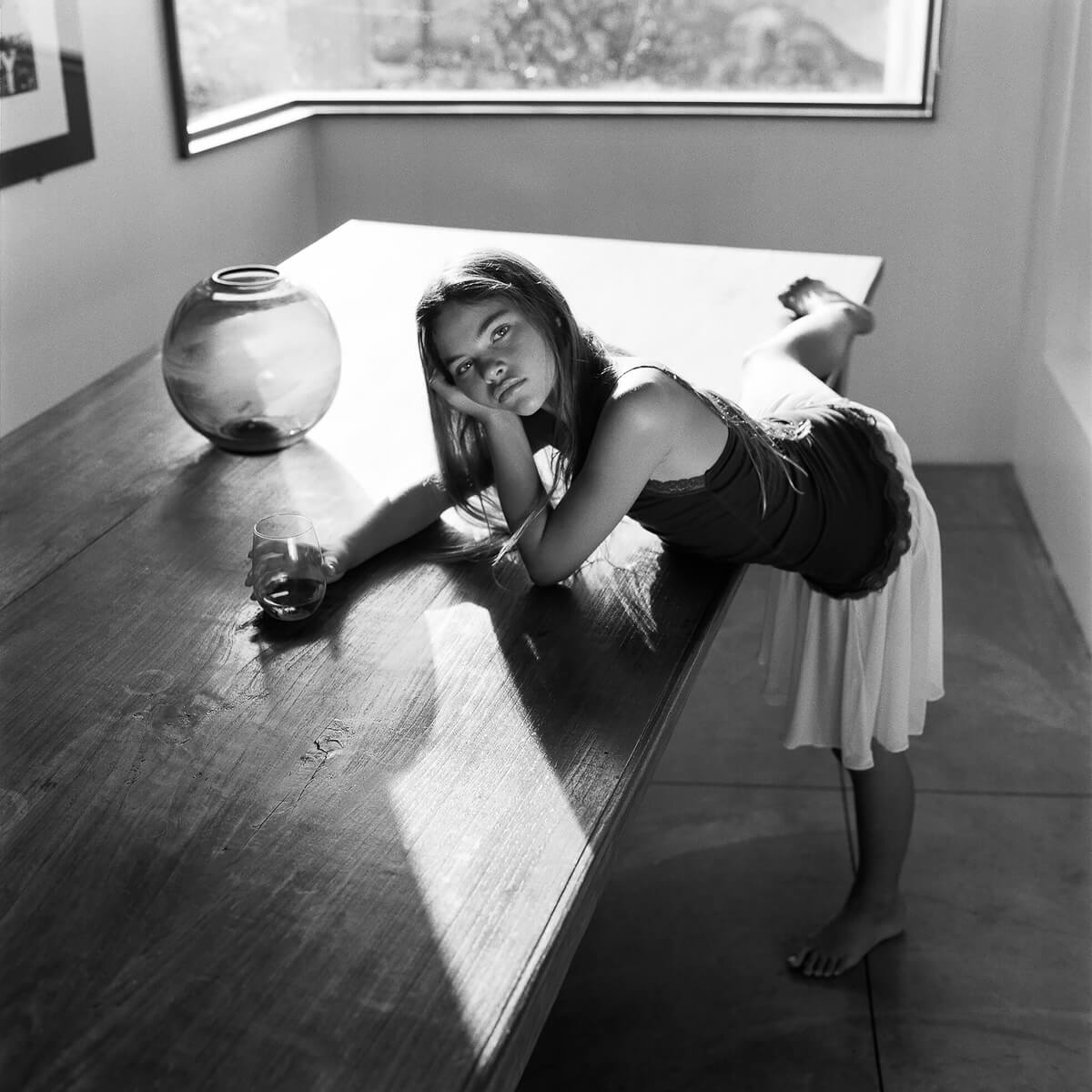
It's curious to consider how one might describe their pace of ascent to adulthood, what experiences or expectations, what moments and chapters informs this perception? We likely look for or have learned to see these poignant moments while regarding others in the nearly invisible world of this transition. These milestones, the concrete yet fleeting registers on the ascent are what Obermaier captures. Often pauses in what is likely otherwise the kaleidoscopic energy of childhood.
In the space between objective observation and a staged tableau is where Obermaier's images reside. She describes her process as a simple, slow, contemplative observation of people. While this suggests the sort of objective observation of documentary photography, the inexplicable moments that are captured belie that sensibility.
I tend to lay on the floor, climb trees, put myself into the tightest possible corner or whatever it might take to get an angle that gives them a stage and their own voice. My directing style is very non-vocal and I often wonder if this allows my subjects a quiet place to be imaginative or if it results in an uncertainty that gives me a true glimpse into their persona.
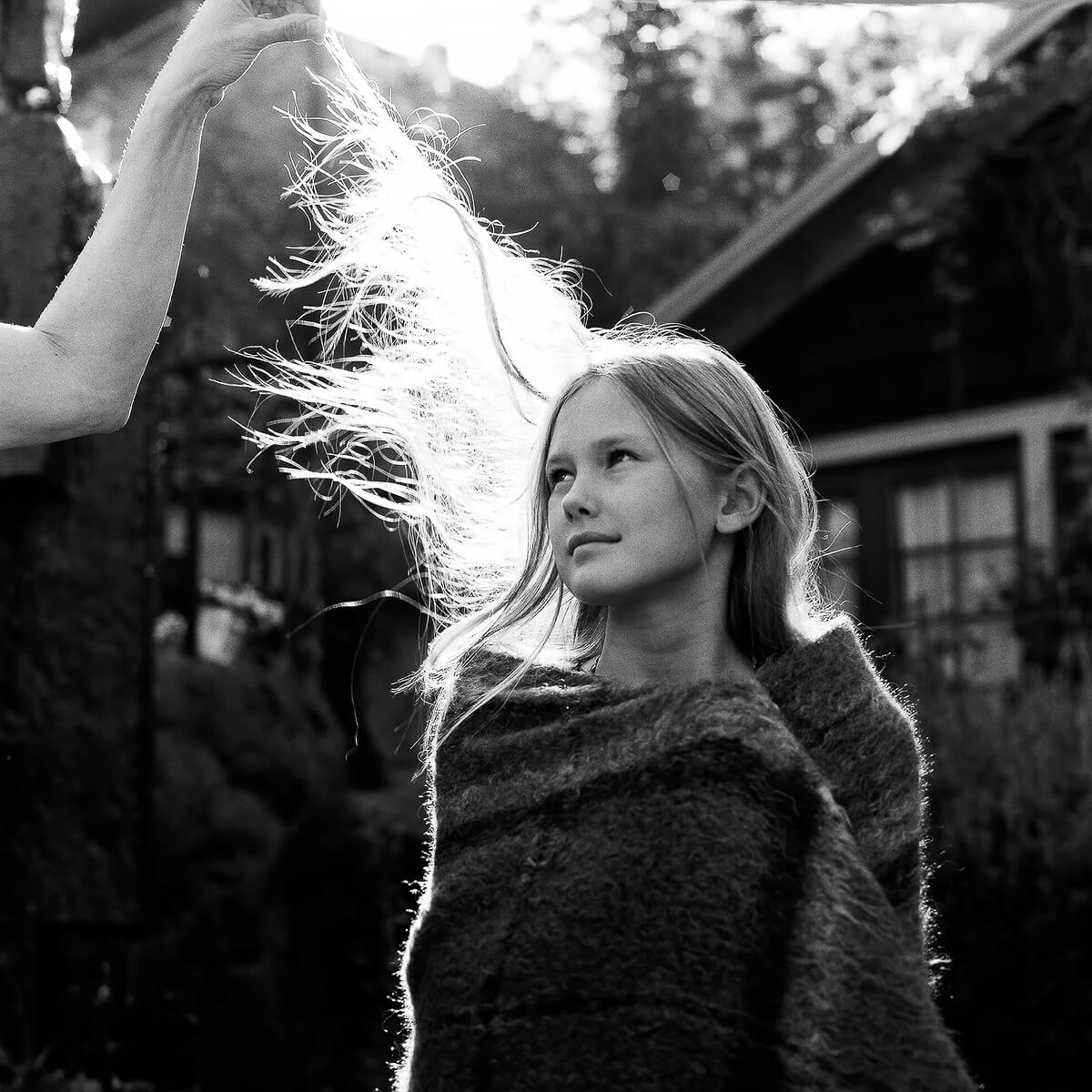
Within the tradition of documentary photography, the camera and the photographer must disappear... The presence of the photographer is forgotten and the subject rarely seems aware of the camera's penetrating eye. Similarly, however, in Obermaier's images she largely disappears though the subject seems to acknowledge not the presence of the camera, but the presence, possibly, of an observer. Of course, at the time of the session, that person is Obermaier, yet her presence dissolves, giving us the sense that we are that present observer in this intimate exchange. Obermaier coaxes this intimacy from her sitters that we then absorb.
The late American portrait photography icon, Richard Avedon (May 15, 1923 – October 1, 2004) once stated There is no truth in photography. There is no truth about anyone's person. My portraits are much more about me than they are about the people I photograph. I used to think that it was a collaboration, that it was something that happened as a result of what the subject wanted to project and what the photographer wanted to photograph. I no longer think it is that at all... the camera lies all the time. It's all it does is lie, because when you choose this moment instead of this moment, when you... the moment you've made a choice, you're lying about something larger. Lying is an ugly word. I don't mean lying. But any artist picks and chooses what they want to paint or write about or say. Photographers are the same.
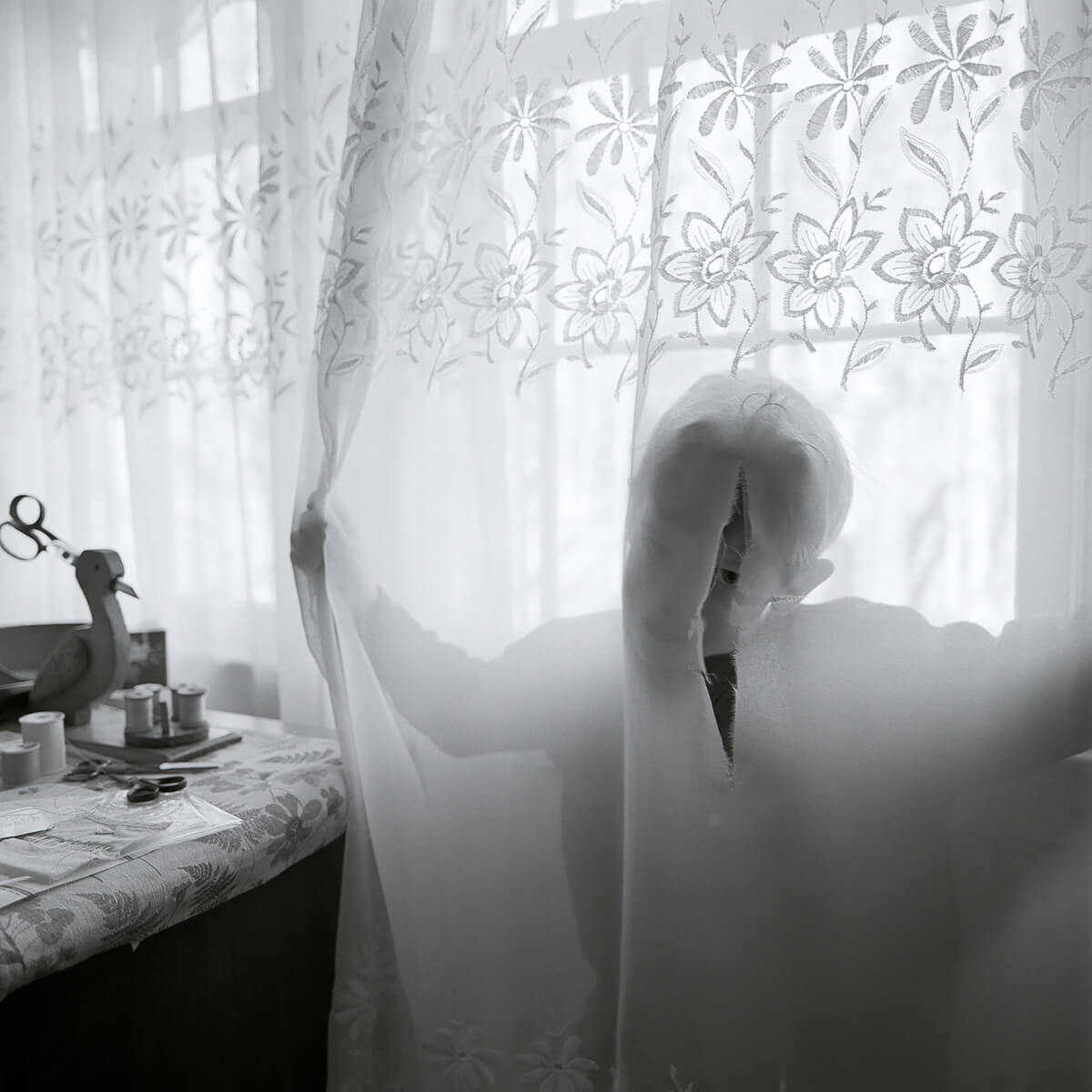
Curiously, the viewer likely needs a sense of the truth or some perception that, at least in that moment, we are seeing something real, something accurate. The truth in that moment, is likely something the viewer brings to the image rather than what is actually there. Maybe this veil is what the photographer creates for us.
Obermaier explains, If I follow their lead, and if I'm patient, I can stumble onto their innocence, stripped of artifice and costume. The purity of spirit unburdened by adulthood. If I allow myself to just watch, I may tap into that consciousness. Catch glimpses of the person they might become. Witness a transformation. But if I'm telling them what I want, they'll either give it, or they will fight it.
The verisimilitude we associate with photography even after the invention of digital imaging and manipulation give these images their poignancy. There is a sense of truth in that moment, in the situation, (even if we bring this truth to the image via our own psyche) yet our inability to pin down the context makes the images resonate. Placing the images in this ambiguous space forces us to work on them and invites our interpretation, accurate or not.
But where might this resonance exist for the photographer? Obermaier is committed to shooting film. The pace of this process is likely where this resonance resides. There is a moment of blindness in analog film photography that has been eliminated in digital imaging... The period of time from when you click the button to the time when you see a proof sheet. In digital imaging, we get immediate feedback on the camera's LCD. In film photography, the image is imagined during that expanse and then rediscovered on a proof sheet. The resulting image is likely more challenging to discard, and thus is reimagined over and over again for both photographer and subject. Obermaier explains, ''This moment of blindness It's incredibly important to my process. Especially the work with children. Because they have all grown up with a million cameras everywhere they all have this expectation of seeing themselves any moment they want. They turn off the performance and get back to being the unmasked geniuses that I flock to. Part of my fascination with film is that you can always come back to it. You'd never throw away film, but I can be pretty flippant when editing my digital images. Even with this knowledge at my core... the digital errors instantly go in the trash, but the film mistakes could later be found to have some of that magic that you didn't even realize you were searching for.''
Text by
Matthew Hamon
Images copyright Natalie Obermaier
